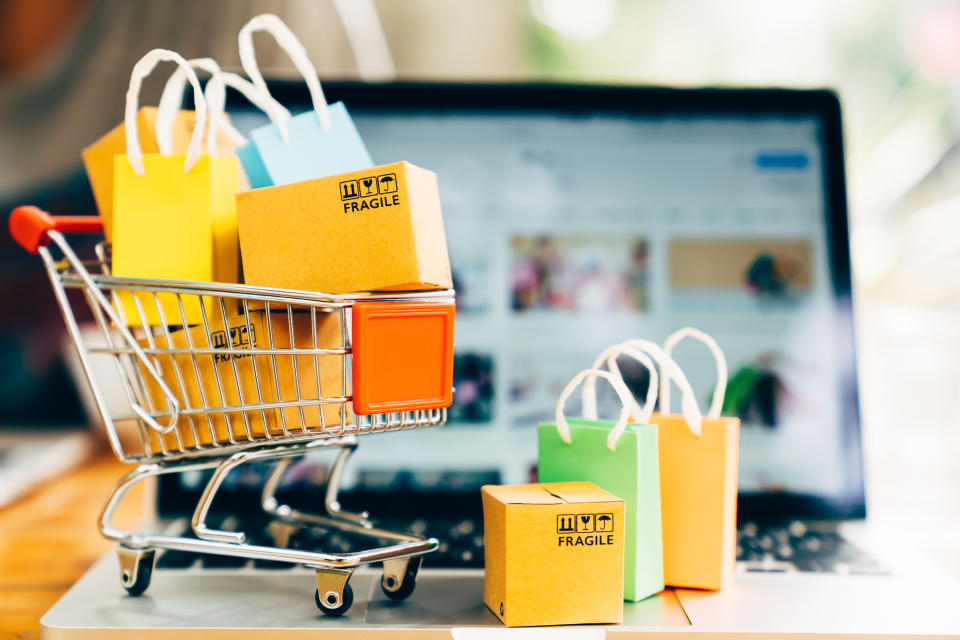Tech Tuesdays: Last Mile Delivery and the Software that Optimizes the Final Stage of Fulfillment

This is the latest installment in FN’s series “Tech Tuesdays.” Each week, FN will take a closer look at an area of digital innovation and explore how these technologies are impacting the way footwear operates. The shoe industry is known for combining heritage craftsmanship with the latest advances: This column will examine that intersection.
Expanding into e-commerce has led a lot of retailers to introduce new delivery programs, in order to get their products directly to their consumers. But fulfilment doesn’t always look like simply partnering with a courier service, particularly as consumers are growing to expect faster delivery windows and more convenient service.
More from Footwear News
Tech Tuesdays: How Merchants Can Optimize Mobile in a Smartphone-Saturated Market
Tech Tuesdays: The Advantages of Mobile Communications for In-Store Sales Associates
Tech Tuesdays: How the Right Software Tools Can Enforce MAP Policies and Protect Margins
Retailers shipping from localized distribution centers or even from brick-and-mortar outlets can offer much faster shipping to their surrounding area, than if they were shipping across the country. But in order to take advantage of this proximity, these companies need to partner with fulfillment networks that can provide this final stage of delivery, known as “the last mile.”
“In order to focus on running their business, more and more retailers rely on last mile delivery and gig services, which perform route optimization and capacity planning as their main function, to get their products to the customer’s door,” said Maggie Barnett, COO of Shiphero. “Merchants are able to deliver accurately and streamline the otherwise costly process of product returns. When e-shoppers feel confident that their package will arrive, they become repeat customers.”
When partnering with a third-party fulfilment solution like Shiphero or Convey, retailers can outsource many of the operations and costs that can pile up with last mile delivery; Convey estimates that the final stage of delivery amounts for more than 53% of total shipping costs. It also has the greatest impact on customer experience, as it is the only part of the delivery journey which touches the end-customer.

This is when deploying an expert team to handle delivery for you can enhance the overall brand offering. These fulfilment solutions are not just about moving materials from one location to another; they use data analytics from across their operations to optimize each stage of delivery. This visibility can also be used to communicate with recipients throughout the shipping journey, as well as catch any obstacles to fulfilment.
“A modern, technology-supported last mile platform optimizes and brings efficiencies to the last mile that delivers immediate, dramatic cost savings and increased conversions,” said Carson Krieg, co-founder and director of strategic partnerships at Convey. “Errors occur in transit, from wrong addresses to delays by the carrier. Retailers need the tools to proactively identify and predict these delivery failures so they have time to take action mid-delivery and resolve the problem before it negatively impacts the customer. “
Some retailers may have the technology in-house to coordinate the most streamlined order delivery system, but this can be challenging to scale without the right software support. An appropriate last mile solution should be able to recommend the most optimum route for delivery in terms of both speed and efficiency, while also providing real-time or even predictive updates for delivery management.
With so many supplementary solutions for merchants to deploy right now, there may be reluctance to introduce last mile delivery technology. But Convey argues that an optimized delivery service can benefit earlier parts of the supply chain too: real-time insight into orders can help inform inventory strategizing, so that brands store certain products at the distribution centers nearest their customers.
Then there’s the added sustainability element, which is improved by the ability to plan ahead. If a carrier can pack their delivery vehicle as efficiently as possible, that reduces the number of shipments made and therefore the overall carbon footprint of fulfilment. In order to maximize this insight, brands might want to push for subscriptions or repeat shipments.
“Knowing when a customer buys and where from allows carriers to better plan for that delivery,” said Shiphero’s Barnett. “That’s why Amazon pushes the ‘subscribe & save’ model of recurring payments. As for delivery data, tracking traffic information and routing can help avoid delays and reduce fuel consumption.”
Sign up for FN's Newsletter. For the latest news, follow us on Facebook, Twitter, and Instagram.


